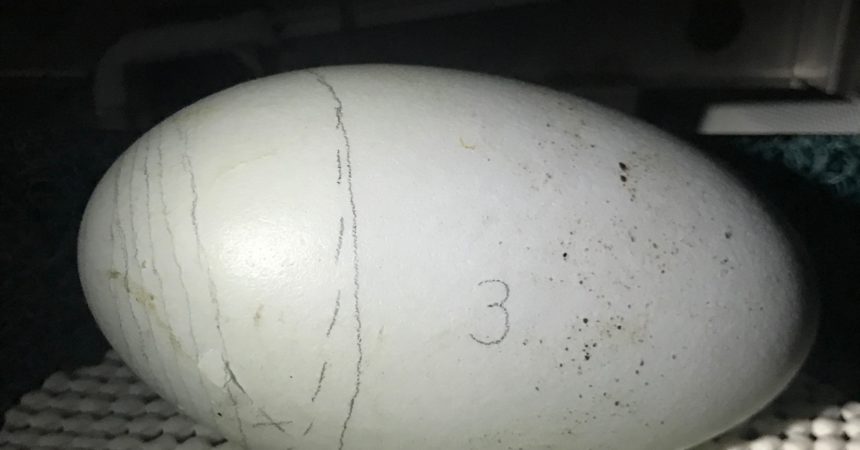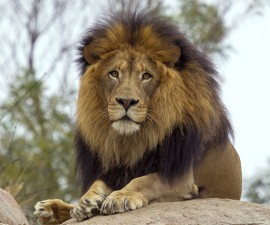We’re so excited to have Condor Cam focused on the nest box for another condor breeding season! Since 2012, we’ve had the pleasure of sharing with you a sneak peek into the early lives of California condor chicks hatched at the San Diego Zoo Safari Park being raised by their doting parents before they are introduced to the wild to join the ever-growing wild flock of this critically endangered species. For any new Condor Cam viewers, let me introduce you to the proud parents we’ll have the privilege of watching this year. The male is named Siwon (pronounced “SEE-won”) and the female is named Sola (pronounced “SO-lah”).
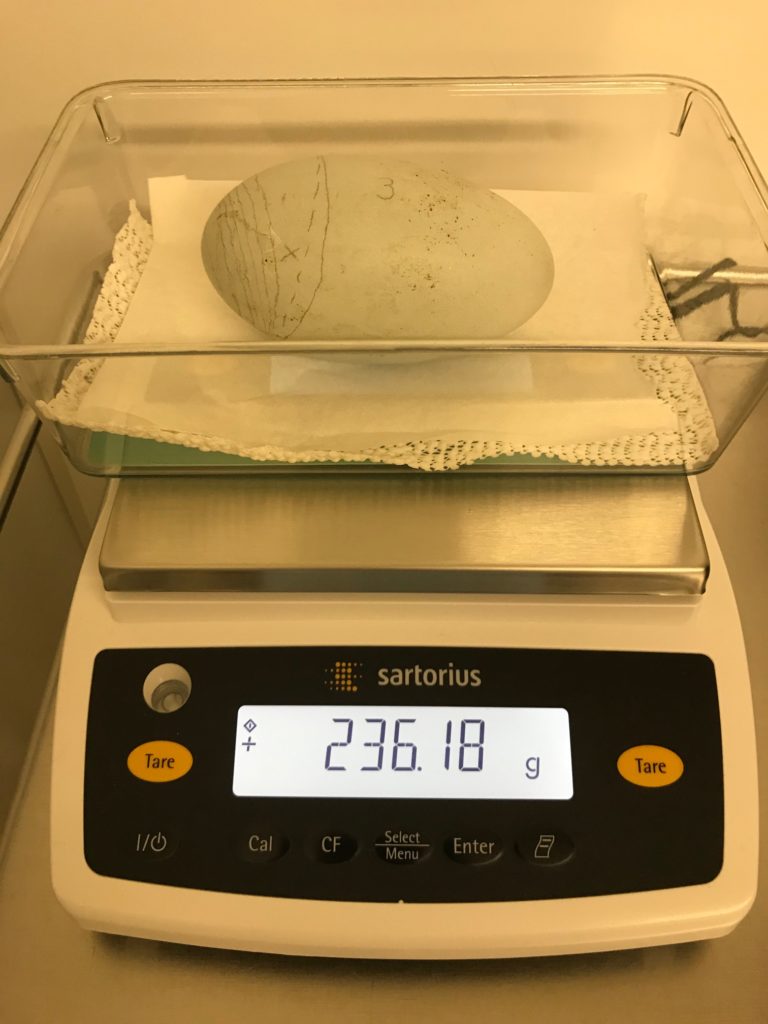
Siwon hatched at the San Diego Zoo Safari Park in 1993. In 1997, he moved to the Peregrine Fund’s World Center for Birds of Prey in Boise, Idaho. Once he matured, he joined the breeding population and was paired with a female named Haku. Together they produced nine chicks. In 2014, it was decided to send him back to the Safari Park to be paired with a new female, Sola. You can identify Siwon by his blue wing tag #85; Sola does not have a wing tag.
Sola also hatched at the Safari Park, but in 2008. She moved to the San Diego Zoo in 2009 to be part of the first group of condors to live in the new Elephant Odyssey habitat. In 2012, she moved back to the Safari Park to live at Condor Ridge. Two years later, she was introduced to Siwon.
This will be their sixth breeding season together! They are excellent parents and we enjoy watching them working together to raise their chicks just as much as the webcam audience.
Our 2020 condor breeding season has been in full swing for a while. We’ve been very busy with five California condor chicks already being raised at our facility by their parents or foster-reared by another pair of condors. Rounding out an exciting season is this last egg to hatch and Sola’s second egg of the year!
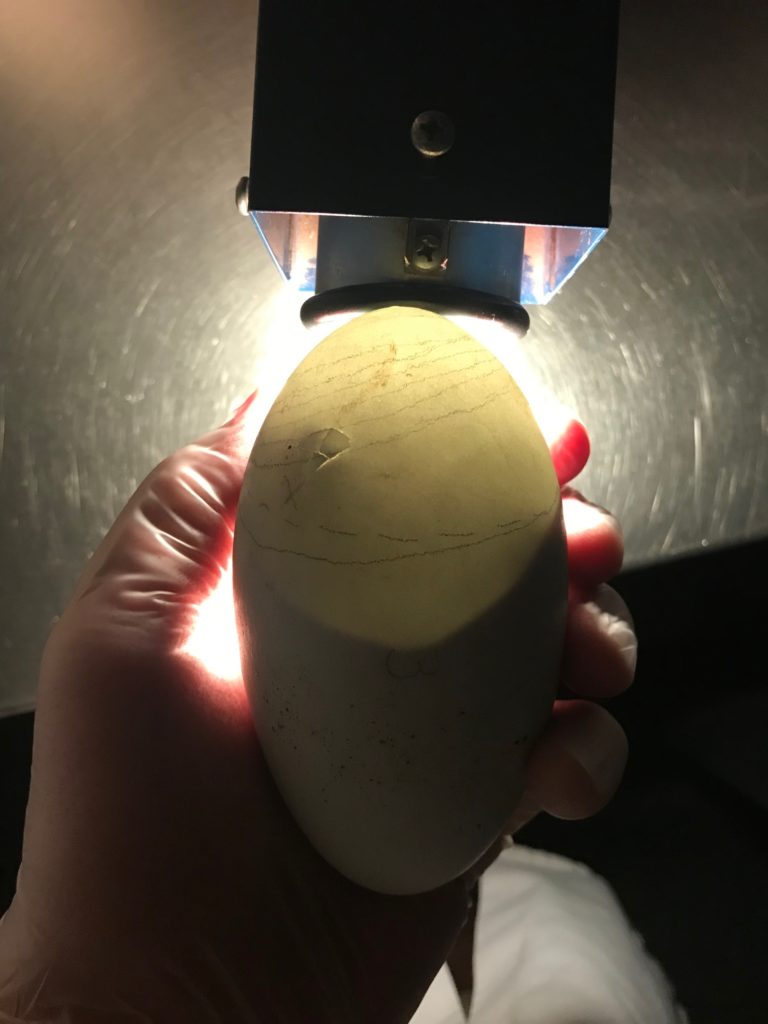
In an effort to increase the number of chicks we produce in a year, we sometimes use a process called double clutching. California condors typically only lay one egg per season, but they are able to lay a second egg if something were to happen to the first one. So, when Sola laid her first egg of the season we carefully removed it to be artificially incubated and Sola expertly laid a second egg around 30 days later! Her first egg hatched earlier this season and is being foster-reared by one of our established condor pairs whose own egg was sent to Oregon to be raised by birds whose egg was infertile this year.
Siwon and Sola’s egg has been carefully incubated by our wildlife care specialists for the last 55 days while the parents patiently took care of a fake egg known as a dummy egg. The hatching process began in the early hours of May 4, 2020 when the chick made a small break in the shell, known as a pip.
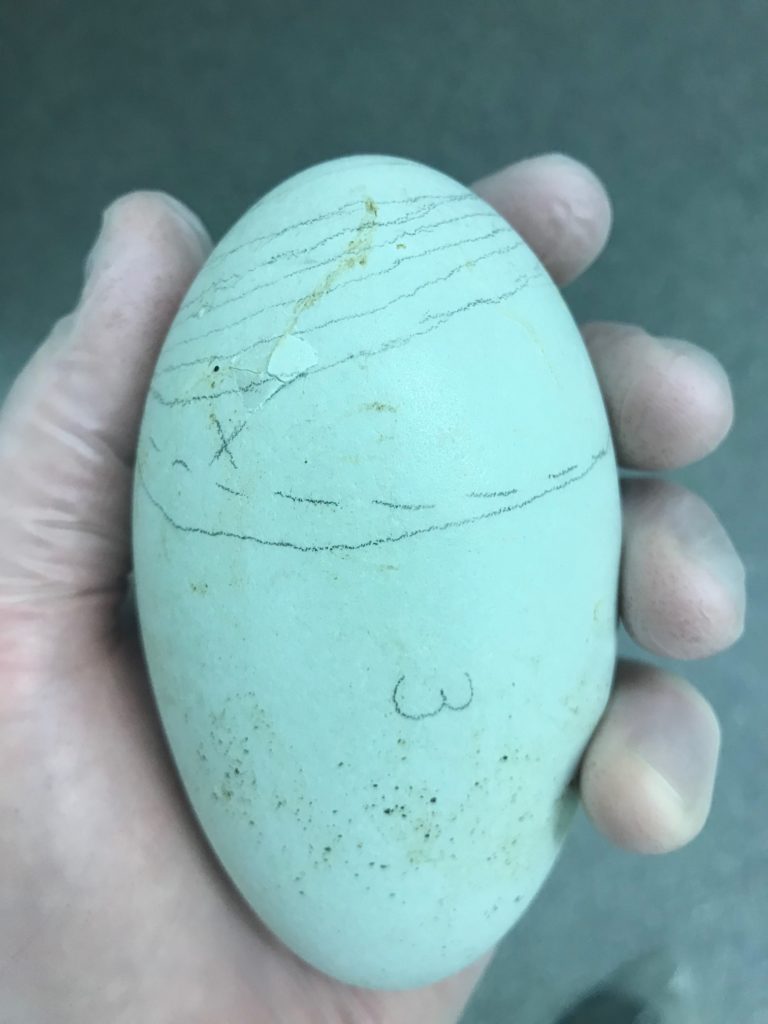
Once it was determined that everything was going according to plan and the chick was on it’s way to hatching without a problem, the dummy egg was quietly swapped with their real egg while the parents were out in their habitat eating breakfast. Once the hatching process begins with the pip, we expect the chick to hatch sometime between 48 and 72 hours later. So stay tuned to Condor Cam for this latest little one’s arrival. The team here will be watching with you and we can’t wait to welcome another member to the condor family!
Erin Womack is a senior avian wildlife care specialist at the Safari Park. Read her previous blog, Welcome, Lappet-faced Vultures.

